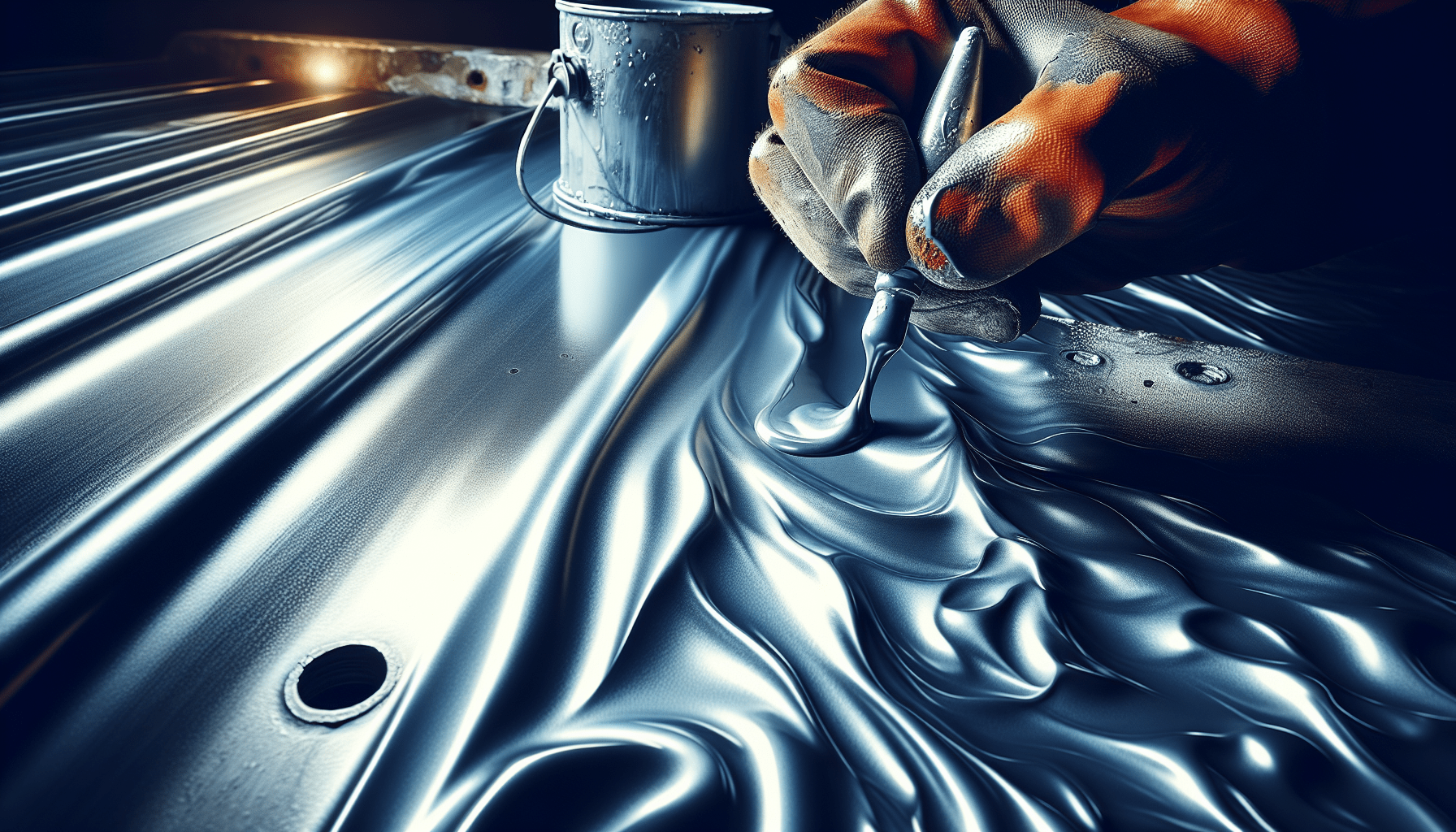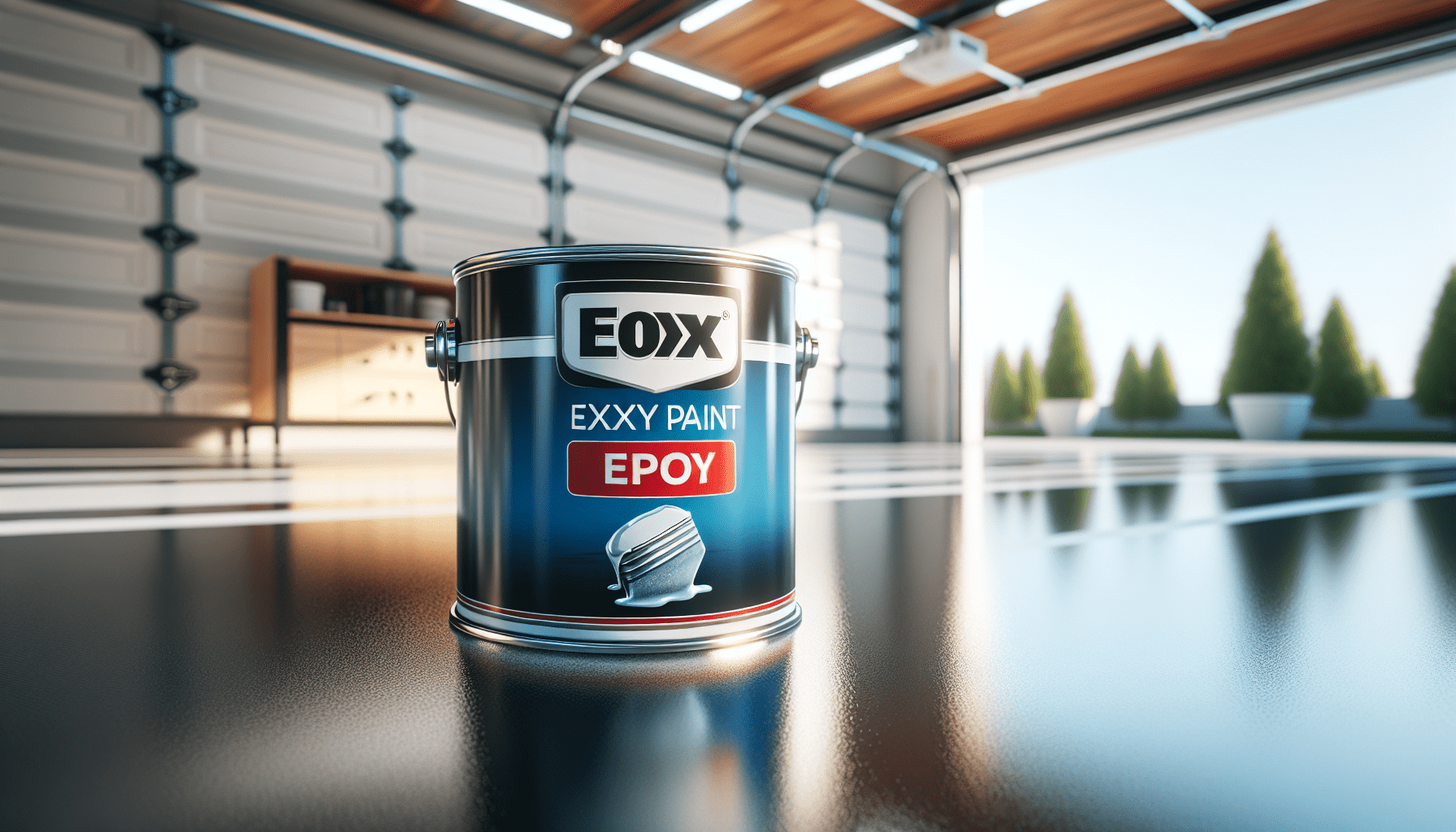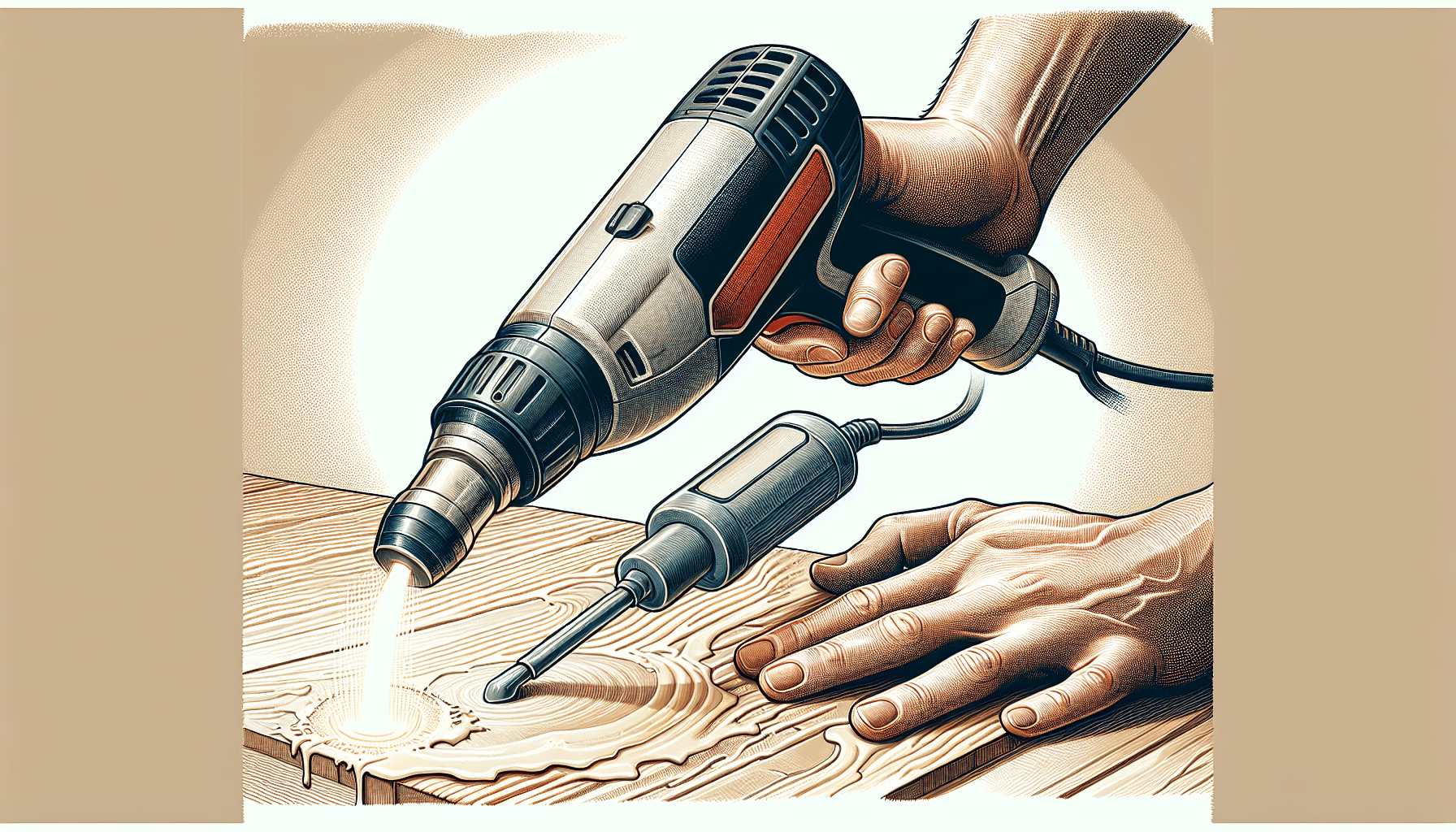Understanding Epoxy Paint
epoxy paint is a popular type of paint that is widely used for various applications. If you are wondering what epoxy paint is used for and how it can benefit you, this article will provide you with all the information you need.
What is Epoxy Paint?
Epoxy paint is a type of paint that is made from a two-part epoxy resin mixed with a curing agent. This mixture forms a tough, durable, and chemically resistant coating when applied to surfaces. Epoxy paint comes in a variety of colors and finishes, making it versatile for different projects.
Applications of Epoxy Paint
Epoxy paint is used for a wide range of applications due to its unique properties. Let’s explore some common uses of epoxy paint.
Industrial Floor Coating
Epoxy paint is frequently used as a coating for industrial floors due to its high durability and chemical resistance. It provides a protective layer that can withstand heavy traffic, impact, and exposure to harsh chemicals. Epoxy floor coatings are commonly found in warehouses, factories, garages, and commercial facilities.
Marine Coating
Epoxy paint is also commonly used as a protective coating for boats and ships. It is highly resistant to water, chemicals, and UV rays, making it an ideal choice for marine applications. Epoxy marine coatings help prevent corrosion, protect the hull from damage, and enhance the appearance of the vessel.
Automotive Coating
Epoxy paint is used in the automotive industry for coating vehicle surfaces, such as car bodies, engine parts, and wheels. It provides a high-gloss finish that is durable and resistant to chemicals, oil, and grease. Epoxy automotive coatings help protect the vehicle from rust, corrosion, and environmental damage.
Metal Coating
Epoxy paint is commonly used for coating metal surfaces to protect them from corrosion and wear. It creates a barrier that prevents moisture, chemicals, and other corrosive agents from reaching the metal substrate. Epoxy metal coatings are used in industries such as construction, manufacturing, and aerospace.
Anti-Slip Coating
Epoxy paint can also be formulated with additives to create anti-slip coatings for surfaces that require extra traction, such as stairs, ramps, and walkways. These coatings provide a textured surface that helps prevent slips and falls, making them ideal for high-traffic areas and safety-critical environments.
Benefits of Epoxy Paint
Epoxy paint offers a range of benefits that make it a popular choice for various applications. Let’s explore some of the key advantages of using epoxy paint.
Durable and Long-Lasting
One of the primary benefits of epoxy paint is its exceptional durability and longevity. Once applied, epoxy paint forms a tough and resilient coating that can withstand heavy use, impact, and wear. It is resistant to abrasion, chemicals, and UV exposure, making it ideal for high-traffic areas and harsh environments.
Easy to Clean and Maintain
Epoxy paint is also known for being easy to clean and maintain. Its smooth and non-porous surface resists stains, dirt, and moisture, making it simple to wipe clean with a damp cloth or mop. Epoxy paint is also resistant to most cleaning chemicals, allowing for hassle-free maintenance and upkeep.
Versatile and Customizable
Another benefit of epoxy paint is its versatility and customizability. It comes in a wide range of colors, finishes, and formulations, allowing you to choose the perfect option for your project. Epoxy paint can also be customized with additives, such as anti-slip agents or reflective particles, to meet specific requirements and preferences.
Fast and Easy Application
Epoxy paint is relatively easy to apply, thanks to its two-part formulation that requires mixing before use. Once mixed, epoxy paint can be applied with a brush, roller, or spray gun to create a smooth and even finish. Epoxy paint dries quickly and cures within a few hours, minimizing downtime and allowing for fast project completion.
Environmentally Friendly
Some epoxy paints are formulated with low volatile organic compounds (VOCs), making them environmentally friendly and safe to use in indoor spaces. Low VOC epoxy paints produce fewer harmful emissions and odors, making them ideal for projects that require a sustainable and eco-friendly solution.

Considerations for Using Epoxy Paint
Before using epoxy paint for your project, there are certain considerations you should keep in mind to ensure successful results.
Surface Preparation
Proper surface preparation is crucial when using epoxy paint to ensure adhesion and longevity. Surfaces should be clean, dry, and free of debris, oil, grease, and other contaminants. Depending on the substrate, surface preparation may include cleaning, sanding, etching, or priming to promote adhesion.
Application Temperature
Epoxy paint should be applied within a specific temperature range to achieve optimal curing and bonding. Most epoxy paints have a recommended application temperature range, usually between 50°F and 90°F. Ensure that the ambient temperature and substrate temperature are within the specified range for successful application.
Mixing Ratio
Epoxy paint consists of two components – resin and hardener – that must be mixed in the correct ratio to achieve a proper cure. Follow the manufacturer’s instructions carefully and measure the components accurately to ensure the correct mixing ratio. Improper mixing can result in incomplete curing and a weak finish.
Ventilation and Safety
When working with epoxy paint, it is essential to ensure adequate ventilation in the workspace to prevent inhalation of fumes and vapors. Wear appropriate personal protective equipment, such as gloves, goggles, and a respirator, to protect yourself from exposure to chemicals. Avoid prolonged skin contact and seek medical attention if accidental exposure occurs.
Curing Time and Conditions
Allow the epoxy paint to cure completely before subjecting it to heavy use or exposure to moisture. The curing time and conditions may vary depending on the product and environmental factors, such as temperature and humidity. Follow the manufacturer’s recommendations for curing time and conditions to achieve the best results.
Conclusion
In conclusion, epoxy paint is a versatile and durable coating that is used for a wide range of applications, from industrial floors to marine vessels. Its unique properties, including durability, chemical resistance, and customizability, make it a popular choice for projects that require a tough and long-lasting finish. By understanding the uses, benefits, and considerations of epoxy paint, you can confidently select and apply this versatile coating for your next project.



